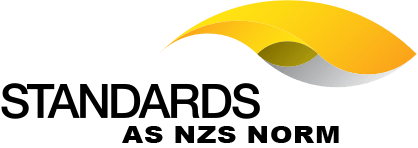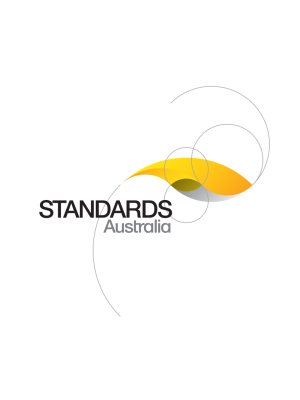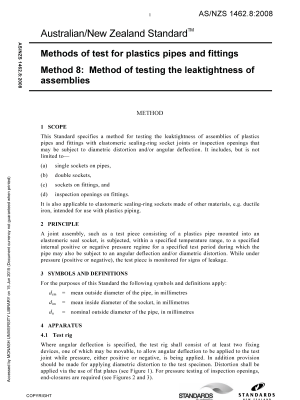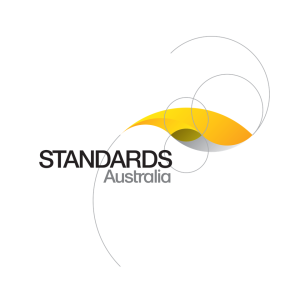🔍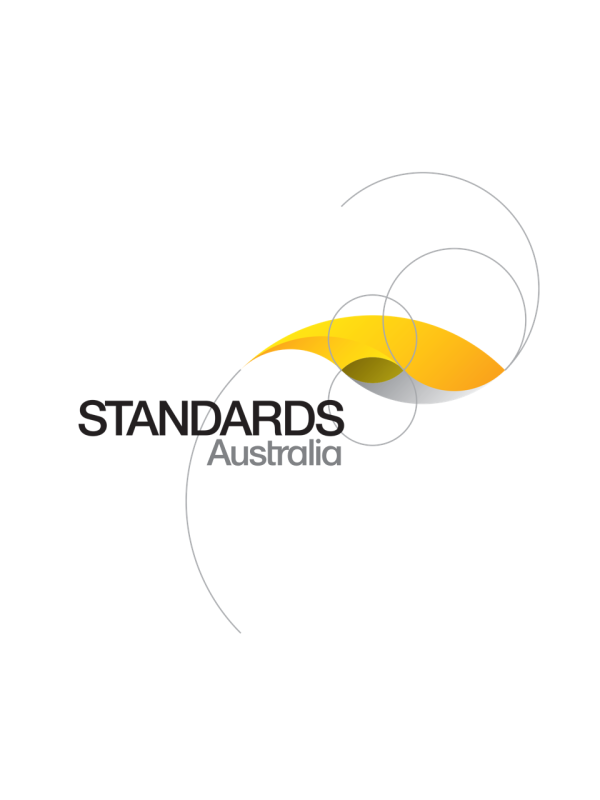

Purchase the full subscription package now and enjoy a 40% discount, along with free updates for future editions.
AS 1670.1-2004
$261.18
Fire detection, warning, control and intercom systems – System design, installation and commissioning, Part 1: Fire
Specifies requirements for the design, installation and commissioning of fire detection and alarm systems.
Table of contents
Header
About this publication
Preface
1 Scope and general
1.1 Scope
1.2 Application
1.3 Referenced documents
1.4 Definitions
1.5 Interpretation of specified limiting values
2 System configuration
2.1 Components
2.2 Separation of systems
2.3 Designated entry point
2.3.1 Designated building entry point
2.3.2 Designated site entry point
2.4 Alarm zone limitations
2.5 Addressable circuits
2.6 Distributed systems
2.6.1 Subindicator panels
2.6.2 Distributed parts of CIE
2.6.3 Signal path fault indication
2.6.4 Signal path protection
3 Installation requirements
3.1 General
3.2 Alarm acknowledgment facility
3.3 Dependency on more than one alarm signal (alarm verification facility)
3.4 Alterations to existing installations
3.5 Multi-point aspirating smoke detectors
3.6 Control of ancillary devices
3.6.1 General
3.6.2 Fire suppression system activation
3.7 Detector alarm indication
3.8 External alarm indication
3.9 Fire indicator panel
3.9.1 General
3.9.2 Covering door
3.9.3 Remote location
3.9.4 Clearance
3.10 Zone block plan
3.11 CO fire detector labelling
3.12 Fire suppression system
3.13 Flow/pressure switches
3.14 Intermixing of actuating devices
3.15 Manual call points
3.16 Power sources
3.16.1 Primary power source
3.16.2 Secondary power source
3.16.3 Power source rating
3.16.4 Battery capacity
3.16.5 Batteries and enclosure
3.16.6 Ancillary loads
3.17 Remote indicators for fire detectors
3.18 Remote monitoring
3.18.1 General
3.18.2 Alarm signalling equipment
3.18.3 Connection
3.19 Smoke and fire door release control
3.20 Subindicator panel (SIP)
3.21 Valve monitoring devices
3.22 Occupant warning
3.23 Wire-free alarm zone circuits
3.24 Wiring
3.24.1 General
3.24.2 Telecommunications-type cables
3.24.3 Conductors
3.24.4 Cable colour
3.24.5 Terminations
3.24.6 Joints
3.25 Location of detectors
3.25.1 General
3.25.2 Accessible service tunnels
3.25.3 Air-handling systems
3.25.4 Concealed spaces
3.25.4.1 General
3.25.4.2 Electrical equipment
3.25.4.3 Remote indicators for fire detectors
3.25.5 Cupboards
3.25.6 Intermediate horizontal surfaces
3.25.7 Open grid ceilings
3.25.8 Restricted fire service access
3.25.9 Sole occupancy units
3.25.10 Stairwells
3.25.11 Transportable enclosures
3.25.12 Vertical shafts and openings
3.26 Locations where detectors are not required
3.27 Fire brigade panel
3.28 Multi-sensor detectors
4 Heat detectors
4.1 Spacing and location of point-type heat detectors
4.1.1 General
4.1.2 Spacing between detectors for level surfaces
4.1.3 Spacing of detectors for sloping surfaces
4.1.4 Spacing from walls, partitions, or air supply openings
4.1.5 Reduced spacing
4.1.6 Spacing in concealed spaces requiring protection
4.2 Linear heat detectors
5 Smoke and CO fire detectors
5.1 Spacing and location of point-type detectors
5.1.1 General
5.1.2 Spacing between detectors for level surfaces
5.1.3 Spacing between detectors for sloping surfaces
5.1.4 Spacing from walls, partitions, or air supply openings
5.1.5 Areas of high airflows
5.1.6 Location of detectors on level surfaces with deep beams
5.1.7 Spacing in concealed spaces requiring protection
5.2 Multi-point aspirating smoke detectors
5.2.1 General
5.2.2 System design
6 Flame detectors
6.1 Location
6.2 Spacing
7 Commissioning
7.1 General
7.2 Documentation
7.3 Log
Appendix A
A1 Introduction
A2 General notes on detectors
A3 Heat detectors or heat alarms
A3.1 General
A3.2 Application
A4 Smoke detectors or smoke alarms
A4.1 General
A4.2 Application
A4.2.1 General
A4.2.2 Location considerations
A4.2.3 Ceiling surfaces
A4.2.4 Stratification
A4.2.5 Airflow
A4.2.6 Ducts
A4.2.7 Special considerations
A5 Multi-sensor detectors
A6 Aspirating smoke detectors
A6.1 General
A6.2 Detector principles
A6.2.1 General
A6.2.2 Light scatter
A6.2.3 Particle counting
A6.3 Types
A6.3.1 General
A6.3.2 Very high sensitivity (typically for up to 2000 m2)
A6.3.3 Normal sensitivity (typically for a similar coverage of a single point detector)
A6.4 Pipe network and aggregation
A6.5 Flow sensing
A6.6 Dust filters detection and rejection
A6.7 Applications
A7 Carbon monoxide fire detectors
A7.1 General
A7.2 Application
A7.2.1 General
A7.2.2 Stratification
A7.2.3 Airflow
A7.2.4 Ducts
A7.2.5 Special considerations
A8 Flame detectors
A8.1 General
A8.2 Radiation sources and inhibitors
A8.2.1 General
A8.2.2 Radiation sources
A8.2.3 Radiation inhibitors
A8.3 Ultraviolet flame detection techniques
A8.3.1 Detection principles
A8.3.2 Advantages
A8.3.3 Limitations
A8.4 Single-channel infra-red detectors
A8.4.1 Detection principles
A8.4.2 Advantages
A8.4.3 Limitations
A8.5 Ultraviolet/infra-red (single-channel) flame detectors
A8.5.1 Detection principles
A8.5.2 Advantage
A8.5.3 Limitations
A8.6 Dual-channel infra-red flame detectors
A8.6.1 Detection principles
A8.6.2 Advantages
A8.6.3 Limitations
A8.7 Triple-channel infra-red flame detectors
A8.7.1 Detection principles
A8.7.2 Advantages
A8.7.3 Limitations
Appendix B
B1 Protection against exposure to fire
B2 Protection against mechanical damage
B2.1 General
B2.2 WSXX
B2.3 WSX1
B2.4 WSX2
B2.5 WSX3
B2.6 WSX4
B2.7 WSX5
B3 Protection against hosing with water
Appendix C
C1 Battery capacity calculations
C1.1 Typical IQ calculation
C1.2 Typical IA calculation
C2 Primary power source calculations
C2.1 Battery charger current calculation
C2.2 Power supply requirement
Appendix D
Appendix E
Appendix F
Amendment control sheet
AS 1670.1—2004
Amendment No. 1 (2005)
Revised text
Cited references in this standard
Content history
[Superseded]
[Available Superseded]
[Superseded]
[Superseded]
[Superseded]
view more
Please select a variation to view its description.
| Published | 29/04/2004 |
|---|---|
| Pages | 81 |
Please select a variation to view its pdf.
